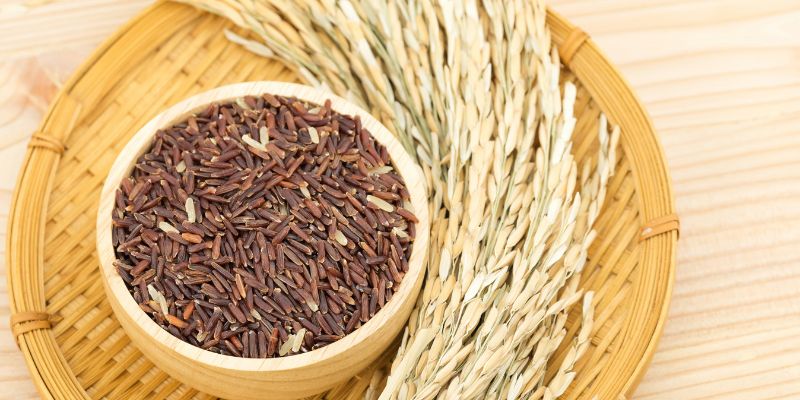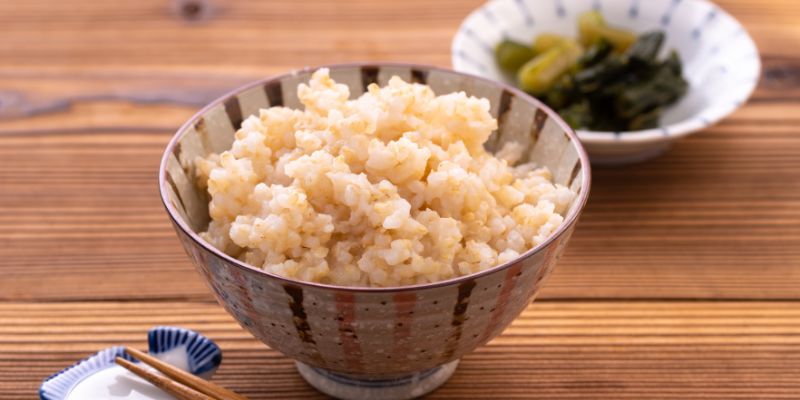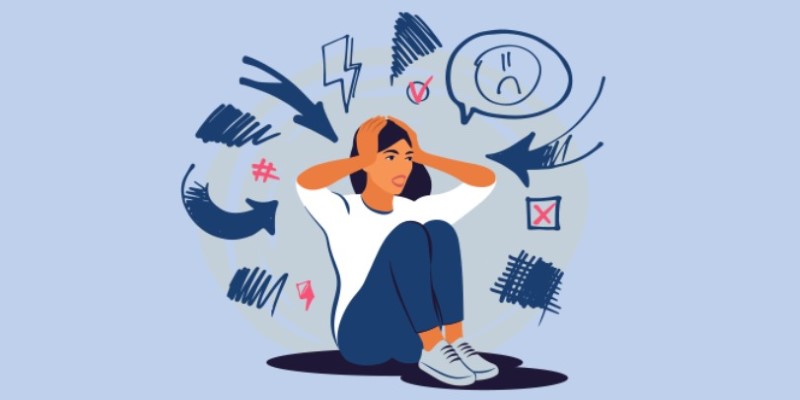Diabetes and Brown Rice: Benefits, Risks, and Everything You Should Know
Diabetes patients are often asked to keep rice off their plates. Now, you might think that people with diabetes can never eat rice. Well, that is not true. However, they may need to change the type of rice they eat. Brown rice, for example, which is popular as a whole grain, is often considered a healthy choice for people with diabetes.
Brown rice retains the bran layers of grain and is considered a nutrient-rich germ. It is also nutrient-rich and has a lower GI than white rice. But, as they also contain a higher amount of carbs, people with diabetes need to limit the amount of brown rice to manage blood glucose levels. Now, you might be wondering whether brown rice is a safe choice for diabetics or not. If so, read this article and get answers to your queries!

Brown Rice Benefits For Diabetes
Brown rice is considered a better and healthier choice for people with diabetes than white rice because of the following benefits:
- Lower Glycemic Index: Brown rice has a lower glycemic index; therefore, it digests more slowly and doesn't raise blood sugar levels after eating. But if you overeat it, it can still result in a rise in blood sugar, just like any other carbohydrate. So, eating a little potion can be beneficial.
- Vitamins, Minerals, and Antioxidants: Brown rice also contains antioxidants, minerals, and vitamins. It also provides a huge amount of fiber and magnesium. The fiber slows digestion, aids in the absorption of carbohydrates, and helps control blood sugar. Additionally, antioxidants in brown rice may help fight against diabetes, cancer, and heart disease.
- High Fiber Content: Brown rice contains fiber, which promotes digestion, increases insulin sensitivity, and helps regulate blood sugar. Its high fiber content may help you feel full for a long time and lead to weight management, which is also crucial for diabetes management. Fiber lowers cholesterol, which is crucial because people with diabetes mostly suffer from heart disease.
Effect Of Brown Rice On Blood Sugar Level
Brown rice has a low GI (glycemic index) average of 55. Because of its lower glycemic index, blood sugar levels rise more slowly while eating brown rice. Eating two cups of brown rice daily for eight weeks significantly reduced post-meal blood sugar and hemoglobin A1c levels (when average blood sugar was measured over three weeks compared to people with diabetes eating white rice). Individuals who consumed brown rice ten times a week showed notable gains in their ability to control blood sugar levels and endothelial function, a sign of healthy blood vessels.
Brown rice is not only helpful in regulating blood sugar but also plays a key role in weight loss. If you eat 3/4 cup (150 grams) of brown rice daily, it will help you in weight loss. You can also see a difference in waist circumference and body mass index (BMI) within six weeks.
Remember that weight loss is important for people with diabetes because those who lose 10% or more of their body weight within five years of being diagnosed with diabetes are more likely to experience an improvement within that period. So, eat healthy and live healthy!
Glycemic Index Of Brown Rice
The glycemic index (GI) benefits people with diabetes by measuring how food raises blood sugar levels. Food with higher GI spikes blood sugar levels more rapidly than with low GI. So, eating food low in carbs helps to control blood sugar levels. Brown rice with 50 GI is considered medium GI food. Below you can find the GI of other foods that are part of your daily diet below:
- White bread, cornmeal, instant oatmeal, white rice, crackers, white potatoes, and watermelon are medium GI foods with 70 or higher GI.
- Popcorn, pineapple, sweet potatoes, couscous, and muesli are low-GI meals with a 56 to 69 score.
- Oatmeal, barley, lentils, beans, non-starchy vegetables, carrots, apples, and dates have less than 55 GI.
How Much Brown Rice Is Safe To Eat?
You should control your overall carbohydrate intake to keep your blood sugar levels normal. A person with diabetes eats brown rice daily, depending on their weight, exercise level, and how their body reacts to carbohydrates. It is recommended that individuals with diabetes consume not more than 26% of their daily calories from carbohydrates. For instance, you should only have 1/2 cup (100 grams), or 26 grams, of brown rice every meal if your target is 30 grams of carbohydrates. Roasted vegetables and chicken breast are other low-carb options you can add to your meal.
It is important to remember that whole grains are only one component of a healthy diet. You should include additional nutrient-dense foods to keep your meals healthy and balanced. For instance, add fruits, vegetables, and protein-rich foods such as lean meat. In addition to offering more vitamins and minerals, a varied and balanced diet helps keep blood sugar levels constant. Aside from that, you should also avoid processed foods, as they raise the blood sugar level and cause various other health issues.
How To Prepare Brown Rice?
The brown rice takes only a few minutes to be cooked. If you want to prepare them for your dinner, follow the following steps:
- Step 1: Wash rice to remove extra starch
- Step 2: Add water to a pot and heat up until it is boiled
- Step 3: Add rice and wait for 30 minutes
- Step 4: Remove extra water and, turning off the heat, leave the rice to cool before serving
Boiled brown rice can be eaten with salad, mushrooms and coriander, chicken and vegetables, or your favorite meat. It can also be combined with eggs or made into rice pudding. Brown rice can also be added to soups, salads, stir-fries, grain bowls, and vegetarian burgers for extra flavor.

Conclusion:
If you have diabetes, eating brown rice in moderation is safe. Despite having high carbohydrate content, its fiber, antioxidants, vitamins, and minerals may help reduce blood sugar levels, which could help manage diabetes. It's crucial to monitor portion sizes when eating brown rice and to combine it with lean protein and healthy fats to reduce blood sugar spikes. The chewy texture and nutty flavor of brown rice make it a wholesome complement to a well-balanced diet.











